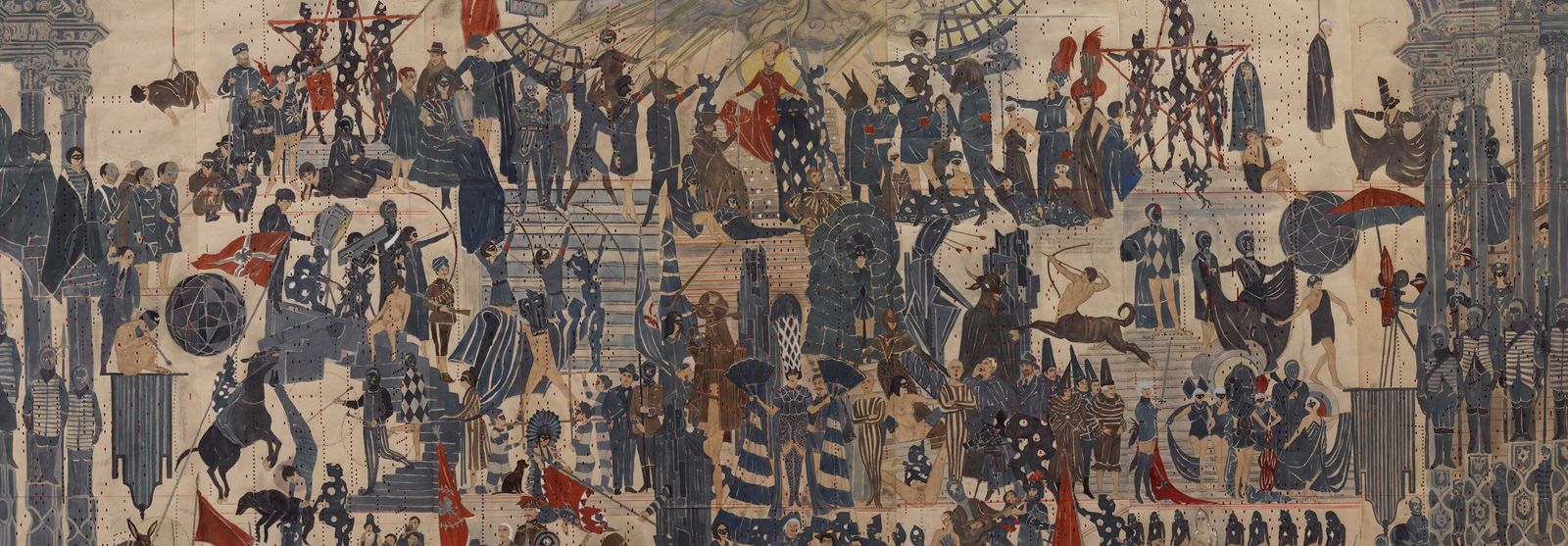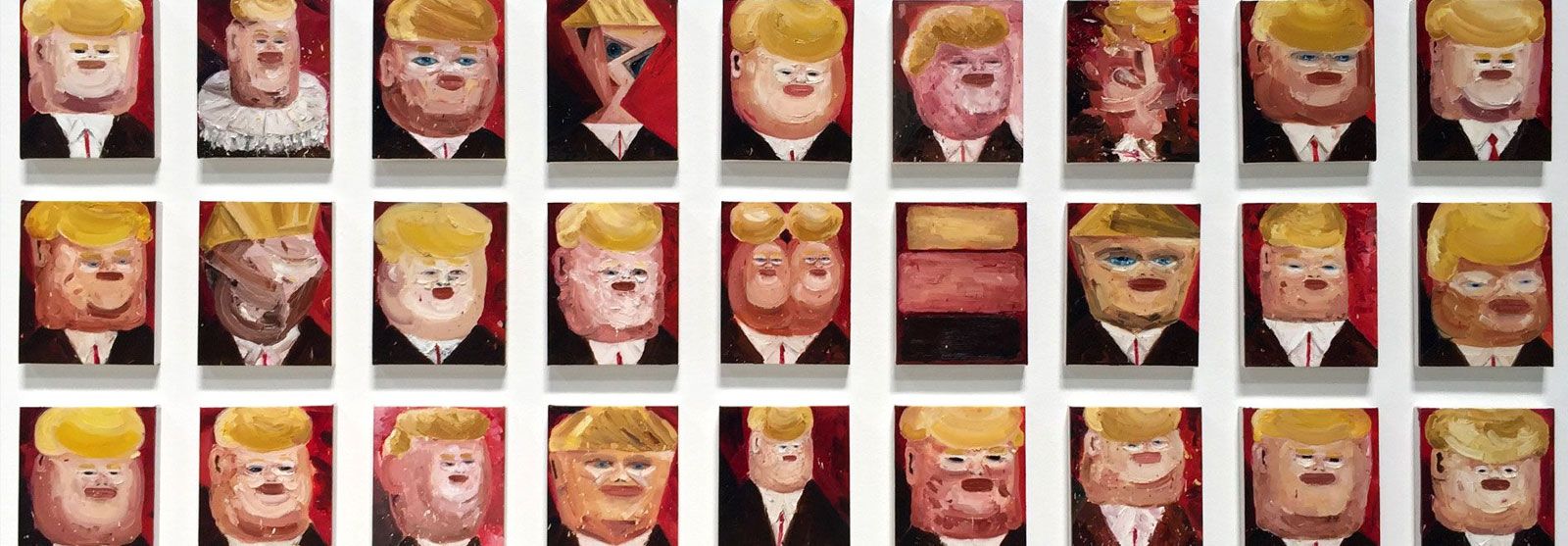This collection of Dadaist publications collected and digitalized in high resolution pdf files by the University of Iowa has always been amazing to browse through. A flashback to the interbellum.


Contemporary art as we know it could not have come into existence without Dada. Virtually every artistic principle and device which underlies the literature, music, theater, and visual arts of our time was promoted, if not invented, by the Dadaists: the use of collage and assemblage; the application of aleatory techniques; the tapping of the artistic resources of the indigenous cultures of Africa, America, and Oceania; the extension of the notion of abstract art to literature and film; the breaking of the boundaries separating the different art forms from one another and from “everyday life”; the notion of art as performance; the expropriation of elements of popular culture; the notion of interaction or confrontation with the audience–everything which defines what we loosely call the “avant-garde.” One would be hard pressed to name an artistic movement since 1923 which does not, at least in part, trace its roots to Dada: Surrealism, Constructivism, Lettrism, Fluxus, Pop- and Op-Art, Conceptual Art, Minimalism. But the effects of Dada are not limited to the world of the arts; its impact on contemporary life has been felt from the streets of Chicago to Madison Avenue. The style of political protest which came to the forefront in the late sixties–mock trials, Yippies, Guerrilla theater–can readily be traced back to the actions of the Dadaists in Zurich, Berlin, and Paris during and after the First World War.
And commercial advertising as we know it today is indebted to the Dadaists’ experiments with collage and typography; indeed, two members of the Berlin Dada group founded a “Dada Advertising Agency,” and the Hanover Dadaist Kurt Schwitters designed newspaper and magazine advertisements which pioneered techniques which we now take for granted.
From Timothy Shipe
The stuff that inspires – ART
Related articles
January 11, 2017
The polyptychs of Marcel Dzama
September 22, 2017
Amir Khojasteh at carbon 12 Dubai
July 12, 2014


